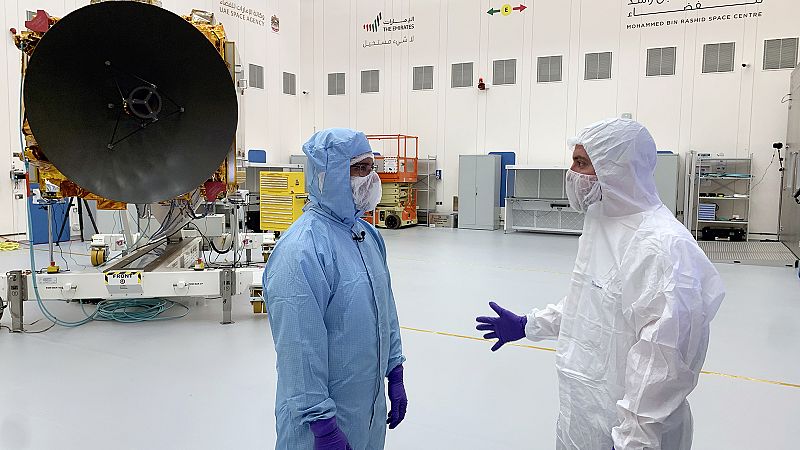Preventing the contamination of other planets

While the Covid-19 pandemic continues to develop rapidly the world's knowledge of contamination is rising in parallel with the sale of hand sanitizer.
Large and small events have been cancelled globally and air-traffic is drifting to a standstill. The spread of the deadly virus has almost brought our busy planet to a halt.
The effect contamination can have on a planet is not just a recent important topic for consideration. In 1967 a treaty was drafted called 'The Outer Space Treaty'. Now over 50 years old, the treaty has 109 signatory countries. It provides the basic framework on international space law. The treaty was a progressive step to make space travel a peaceful endeavour by stating 'space and celestial bodies cannot be appropriated by a nation’. This means a country cannot claim the moon or any other planet as their own.
Abiding by the treaty each space mission must “avoid the harmful contamination” of celestial bodies. This is one reason why space crafts are often built, tested and prepared in 'clean rooms'. Measured by particle count, there are different grades of decontamination to which a space mission must adhere to. This is mission-specific. For example, if a spacecraft were to land on Mars it would have more stringent decontamination procedures than a mission simply orbiting and not touching the surface of the Red Planet.
Euronews spoke to Mr. Alawadh, an engineer for the Mars Hope mission, based in the Mohammed Bin Rashid Space Center in Dubai. He told us how a low particle count is best practice for a successful mission. If the 'Hope' probe were to have particles on its thrusters or valves, it could potentially affect the directional control of the craft. Launching in June 2020 the ‘Hope’ probe has multiple instruments onboard including an infrared spectrometer, an ultraviolet spectrometer and an autonomous camera. To get the optimum data collected during the mission there must be no particles obstructing the instruments.
After a 7 month journey, the ‘Hope’ probe will enter the Red Planet's orbit. The data that it will collect will give an insight as to how Mars experienced climate change. Scientists here on Earth could then see if there is any correlation with the transformation of our planet's climate.
Tuesday, june 8, 2021

